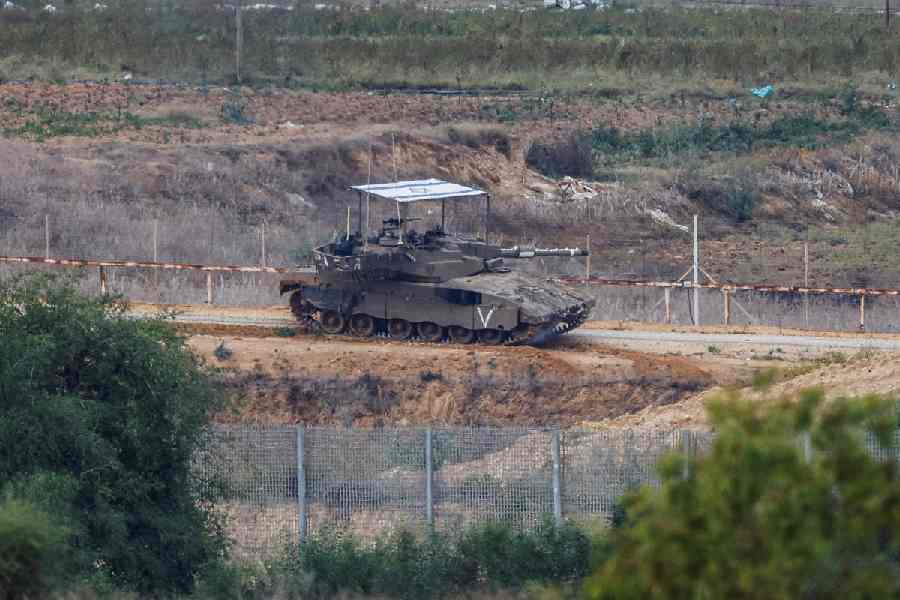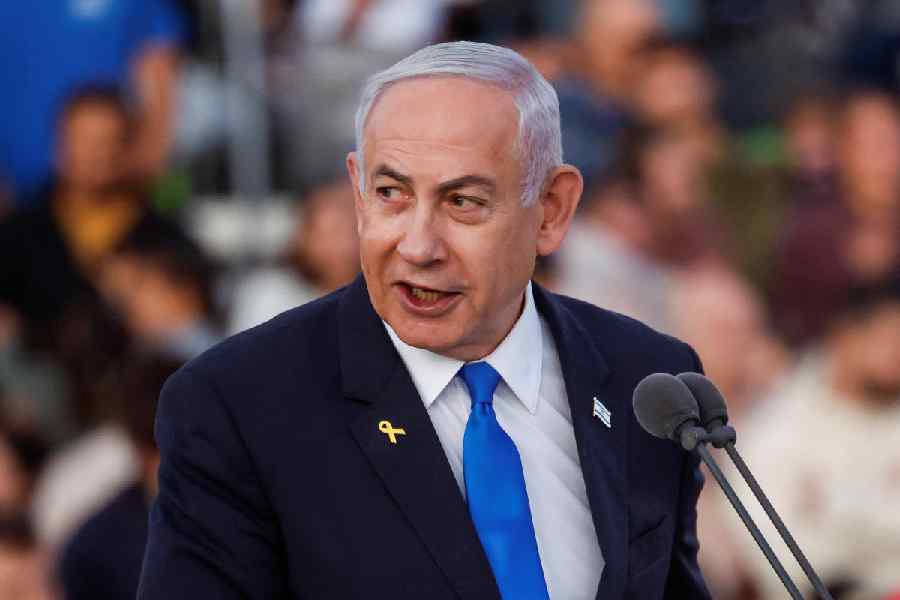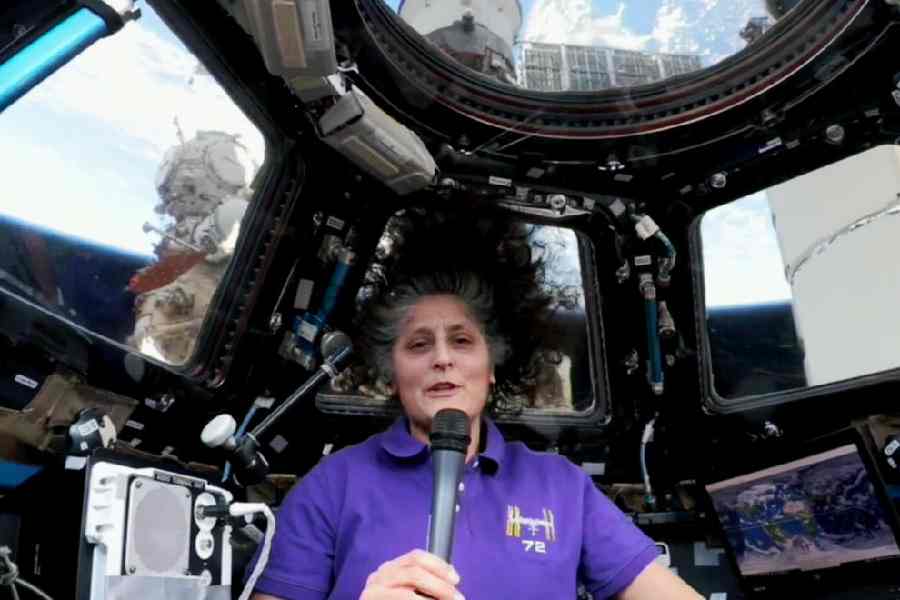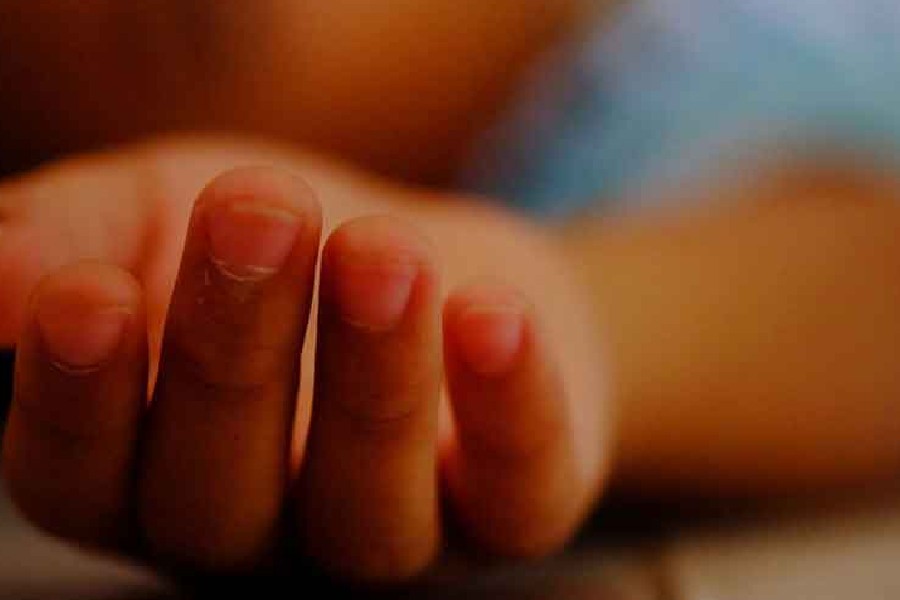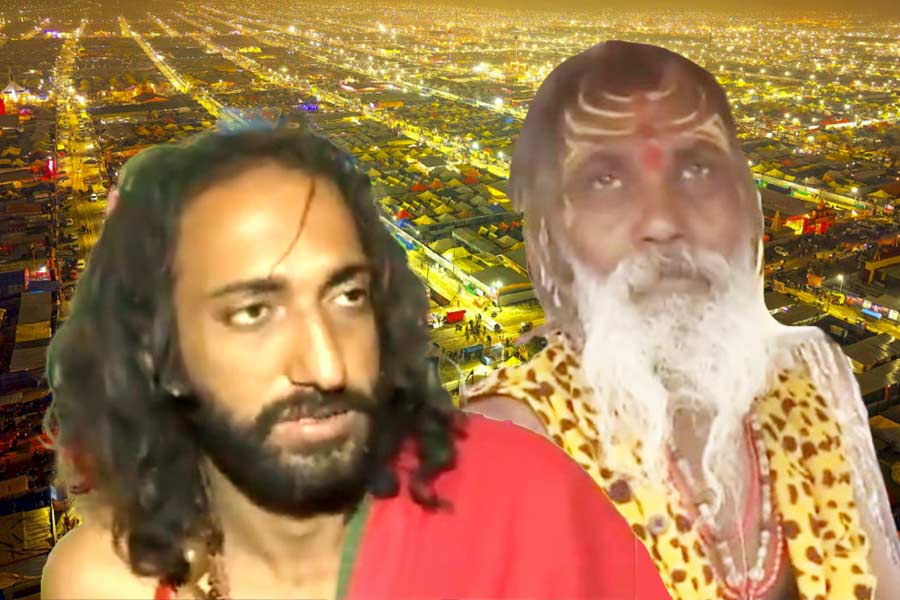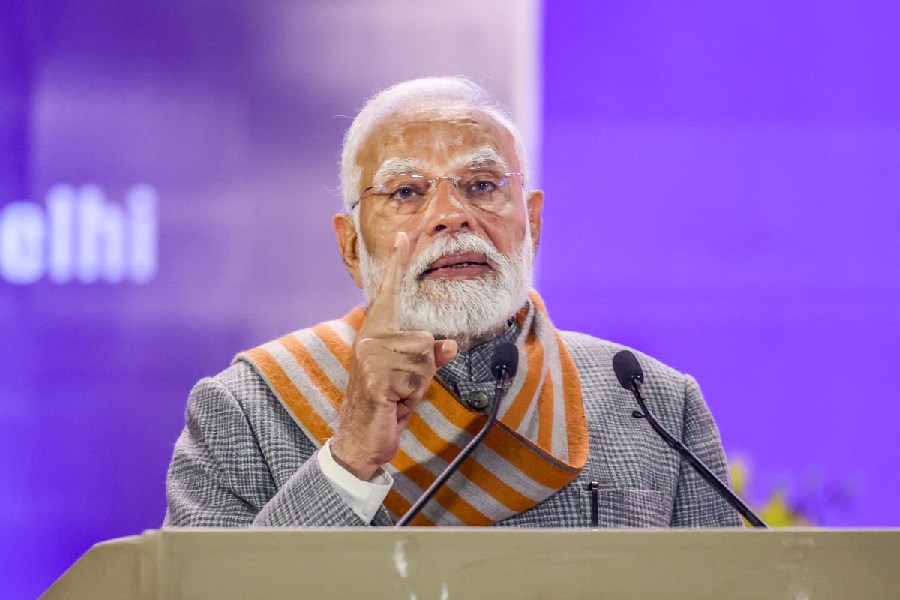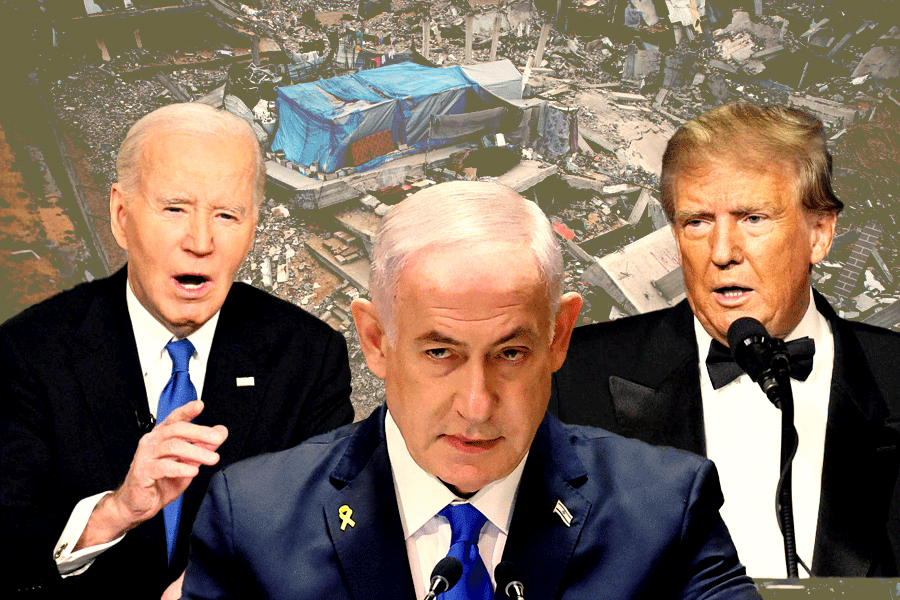A truce between Israel and Hamas entered its fifth day on Tuesday, with the militant group promising to release more civilian hostages to delay the expected resumption of the war and Israel under growing pressure to spare Palestinian civilians when the fighting resumes.
The sides agreed to extend their truce through Wednesday, with another two planned exchanges of militant-held hostages for Palestinians imprisoned by Israel. But Israel has repeatedly vowed to resume the war with “full force” to destroy Hamas once it's clear that no more hostages will be freed under the current agreement's terms.
US Secretary of State Antony Blinken is set to visit the region later this week for the third time since the start of the war, and is expected to press for an extension of the truce and the release of more hostages.
The State Department said he would also discuss efforts to “protect civilian life during Israel's operations in Gaza” and accelerate the delivery of aid to the impoverished coastal strip. Israel's top ally has pledged unwavering support for its Gaza offensive, but Blinken has also said “far too many” Palestinians have been killed.
Hamas and other militants are still holding about 160 people, out of the 240 seized in their October 7 assault into southern Israel that ignited the war. That's enough to potentially extend the truce for another two weeks under the existing framework brokered by the Qatar, Egypt and the US, but Hamas is expected to make much higher demands for the release of captive soldiers.
Either way, Israel says it is committed to resuming the war, which is already the deadliest round of Israeli-Palestinian violence in decades. It blames the soaring casualty toll on Hamas, accusing the militants of using civilians as human shields while operating in dense, residential areas.
Israel has vowed to end Hamas' 16-year rule in Gaza and crush its military capabilities. That would almost certainly require expanding the ground offensive from northern Gaza — where entire residential areas have been pounded into rubble — to the south, where hundreds of thousands of displaced people have packed into overflowing United Nations shelters.
HOSTAGES RELEASED
Hamas freed another 11 women and children on Monday in the fourth and final swap planned under the initial cease-fire agreement, which went into effect Friday. Israel released 33 Palestinian prisoners.
Monday's releases bring to 51 the number of Israelis freed under the truce, along with 19 hostages of other nationalities. So far, 150 Palestinians have been released from Israeli prisons. Israel has said it would extend the cease-fire by one day for every 10 additional hostages released.
Most of the hostages freed so far have appeared to be physically well. But Elma Avraham, 84, was airlifted to an Israeli hospital in life-threatening condition because of inadequate care.
The Palestinian prisoners released so far have been mostly teenagers accused of throwing stones and firebombs during confrontations with Israeli forces. But some were convicted in alleged attempts to carry out stabbings, bombings and shootings. Many Palestinians view prisoners held by Israel, including those implicated in attacks, as heroes resisting occupation.
The hostages freed from Gaza have mostly stayed out of the public eye, but details of their captivity have started to emerge.
In one of the first interviews with a freed hostage, 78-year-old Ruti Munder told Israel's Channel 13 television that she was initially fed well in captivity but that conditions worsened as shortages took hold. She said she was kept in a “suffocating” room and slept on plastic chairs with a sheet for nearly 50 days.
Israel imposed a total blockade of Gaza at the start of the war and had only allowed a trickle of humanitarian aid to enter prior to the cease-fire, leading to widespread shortages of food, water, medicine and fuel to power generators amid a territory-wide power blackout.
NORTHERN GAZA IN RUINS
The cease-fire has allowed residents who remained in Gaza City and other parts of the north to venture out to survey the destruction and try to locate and bury relatives. Footage from northern Gaza, the focus of the Israeli ground offensive, shows nearly every building damaged or destroyed.
A UN-led aid consortium estimates that over 234,000 homes have been damaged across Gaza and 46,000 have been completely destroyed, amounting to around 60 per cent of the housing stock in the territory, which is home to some 2.3 million Palestinians. In the north, the destruction of homes and civilian infrastructure “severely compromises the ability to meet basic requirements to sustain life," it said.
More than 13,300 Palestinians have been killed since the war began, roughly two-thirds of them women and minors, according to the Health Ministry in Hamas-ruled Gaza, which does not differentiate between civilians and combatants. More than 1,200 people have been killed on the Israeli side, mostly civilians killed in the initial attack. At least 77 soldiers have been killed in Israel's ground offensive.
The toll on the Palestinian side is likely much higher, as the Health Ministry has only been able to sporadically update its count since Nov. 11, due to the breakdown of the health sector in the north. It also says thousands of people are missing and feared trapped or dead under the rubble.
FEARS FOR THE SOUTH
Israel's bombardment and ground offensive have displaced more than 1.8 million people, nearly 80 per cent of Gaza's population, with most having sought refuge in the south, according to the UN Office for Humanitarian Affairs. Israeli troops have barred people from returning to the north during the cease-fire.
Hundreds of thousands of people have packed into UN-run schools and other facilities, with many forced to sleep on the streets outside because of overcrowding. It's unclear where they would go if Israel expands its ground operation, as Egypt has refused to accept refugees and Israel has sealed its border.
The UN says the truce made it possible to scale up the delivery of food, water and medicine to the largest volume since the start of the war. But the 160 to 200 trucks a day is still less than half what Gaza was importing before the fighting, even as humanitarian needs have soared.
“My clothes are all wet, and I am unable to change them,” said Alaa Mansour, who was sheltering at a hospital in central Gaza. “I have not drunk water for two days, and there's no bathroom to use.”

